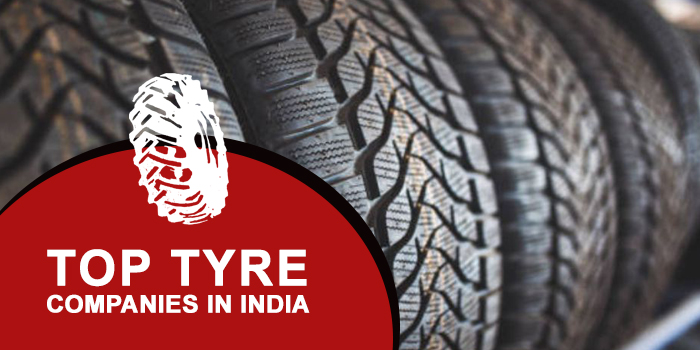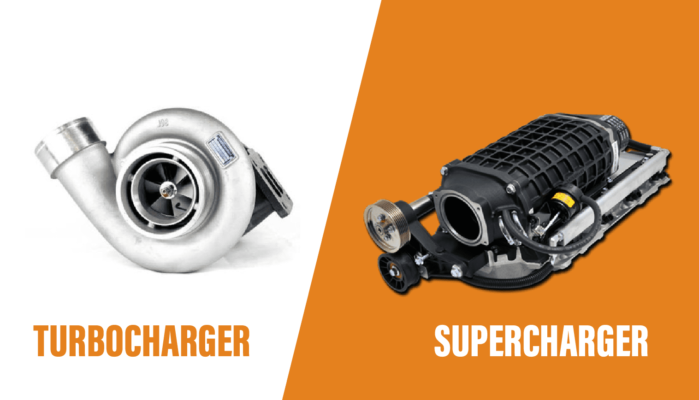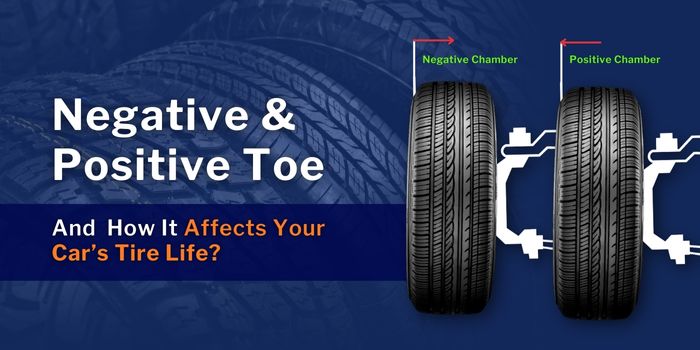
When we encounter unexplained tire wear or poor handling, drivers are often perplexed about the reasons behind these effects. They often pay little attention to wheel alignment, and toe angles which can affect car tire life and handling. But what is toe in and toe out and how can it have such an impact on driving?
In this blog, we will dive into what is toe angle, its importance, benefits and effects on stable driving.
What is Toe Angle?
Toe angle is an important aspect of car suspension and alignment as it maintains proper contact with the road while driving. The toe setting is measured in millimetres or degrees depending on the angle between each wheel in relation to the longitudinal axis of the vehicle. There are 2 main types of toe angles namely toe-in and toe-out.

Toe In
When the front tires are pointing inwards, i.e., the front edges are closer together than the rear edges, it is known as toe-in. This has a positive effect on straight-line stability because the wheels self-correct with any disturbance and continue steering the car in a straight line. However, the disadvantage occurs when cornering where the inside wheel is hesitant to turn resulting in reduced responsiveness.

Toe-in is beneficial because it equates to higher levels of grip between the tire and the road. For driven wheels (wheels powered by the engine) toe-in allows for better acceleration. In the case of wheels that are not powered by the engine, toe-in will cause resistance due to the increased grip. That is why front-wheel-driven cars have toe-in on the front wheels and zero toe angle on the rear wheels. Stability and handling are somewhat improved with toe-in.
However, the driver has to put more effort into steering wheels that have toe-in. Also, with a higher grip, there is more prominent tire wear which decreases their life. Tires also heat up much faster with toe-in.
Checkout here the In-depth Difference Between Bias And Radial Tyres
Toe-Out
When the front tires are pointing outwards, i.e., their front edges are further away than the rear edges, it is known as toe-out. When viewed from above the vehicle, toe-out has the front wheels angled away from each other.
Toe out affects the slip angle of the tire, which is the difference between the direction the wheel is pointed at, and the direction the vehicle is travelling. Toe-out creates an increased slip angle which helps responsiveness and makes the car more agile. However, the downside is increased tire wear and the tendency for the vehicle to understeer around corners.
The maximum speed a vehicle can reach is limited by the toe-out angle, but this is a compromise because steering sensitivity is increased. It becomes easy to steer the vehicle with minimum steering input. Too much toe-out angle is undesirable because it leads to instability around high-speed corners.
Also read Have A Smooth Ride If You Know How Often To Fill Air In Tyre
Differences Between Toe in and Toe Out
| Toe In | Toe Out |
| Wheels point inwards | Wheels point outwards |
| Also called positive toe | Also called negative toe |
| Prevents the effects of oversteer | Prevents the effects of understeer |
| Less steering response | Sensitive steering |
| High-speed corner stability | Less stability on high-speed corners |
| Large toe-in angles contribute to understeer | Excessive toe-out angle contributes to oversteer |
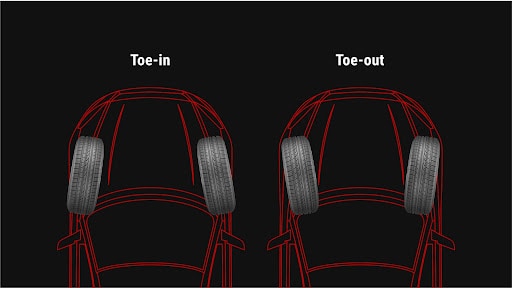
Checkout here the difference between Low Profile Vs Normal Vs High Profile Tyres
Advantages and Disadvantages of Toe in
As mentioned, the optimum level of toe-in reduces chances of the vehicle oversteering and contributes to more stability around corners. Another main advantage of toe-in is it reduces the effects of cone rolling caused by camber and caster. Toe-in helps increase tire grip which results in quicker acceleration.
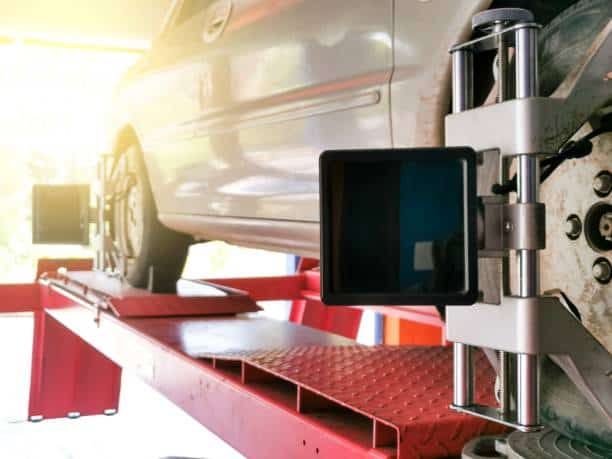
The disadvantage of toe-in is an unresponsive steering and lower top speed of the vehicle. Tires tend to get worn out faster with a larger toe in angle. Also, if the toe-in is not adjusted properly, it will lead to wobbly tires and vibrations in the steering wheel.
Advantages and Disadvantages of Toe Out
When the wheels are aligned with proper toe out angles, the tendency of the vehicle to understeer are greatly reduced. Steering is responsive and the vehicle turns with the least amount of effort. Toe out increases the slip angle of tires which leads to better grip.
When toe-out angles are excessive, the vehicle will begin to oversteer. The disadvantage is instability around high-speed corners and the chance of the vehicle pulling to one side while driving in a straight line. Again, tires wear out fast with too much toe-out and their life is reduced.
Read Here the Tip and Tricks for Preventing a Car Tire Blowout
Conclusion
Toe in and toe out are important parameters for wheel alignment and suspension settings for optimum handling, vehicle stability and tire life. Finding the right balance between these angles is key to safe and stress-free driving.
It is important to understand the effects of toe in and toe out to maximize the performance and efficiency of your vehicle. So if you want to head out to the race track, or just have a better driving experience, ensure that you have the correct wheel alignment settings.
We hope you found this article interesting and informative. You can browse through more posts on the Carorbis blog Have a look at The Pros And Cons Of Bigger Tyres On Your Vehicle and How to fill air in your tires
Frequently Asked Questions
Q1. What is Positive and Negative Toe?
Ans. Positive and negative toe refers to the front tyres either pointing towards each other (positive toe) or pointing away from each other (negative toe). Positive toe increases tire wear and causes instability whereas negative toe decreases tire wear and improves driving stability. Toe settings are optimized between tire wear and handling.
Q2. Is Toe in Positive or Negative Toe?
Ans. Toe in is positive toe where the front tires point towards each other as compared to the rear tire which points straight ahead. The result is front wheels that point towards the centre line of the vehicle. Toe in is used in alignment settings in automotive suspension to improve stability and handling. Tire wear is also reduced.
Q3. What Causes Negative Toe?
Ans. Negative toe can be caused by the following:
- Worn out suspension components
- Improper wheel alignment
- Uneven tire tread wear
- Damage to the wheels, suspension or steering
- Worn out steering system
Check your wheel alignment and ensure all suspension and steering systems are working properly to prevent negative toe effects.
Q4. What is Positive Toe Alignment?
Ans. Positive toe alignment refers to the front wheels of a vehicle are pointed toward each other. The wheels are not parallel to the centre line of the vehicle but angled inwards. Most vehicles avoid a positive toe alignment because it adds to tire wear and reduced stability. Some race cars use positive toe alignment for specific handling characteristics.
Q5. How Does Rear Toe Affect Handling?
Ans. Positive rear toe refers to the rear wheels pointing outwards to increase stability at the cost of reduced responsiveness. Negative rear toe (wheels pointing inwards) improves driving response by decreasing stability. The correct amount of toe on the rear wheels depends on the desired balance between stability and responsiveness.
Q6. How Does Toe-in Affect Tire Wear?
Ans. Toe-in affects tire wear because of the direction they are pointing relative to the direction of travel of the vehicle. With toe-in, the leading edge of the tires are rubbing against the surface of the road leading to increased tire wear on the outside edges. This results in uneven tire wear and reduced tire life. Toe-out will have the leading edges pointing outwards which will cause tire wear on the inner edges.
Q7. How Does Toe Affect Alignment?
Ans. Toe-in and toe-out are one of the key factors in wheel alignment along with caster and camber angles. When wheels are angled inwards (toe-in) the vehicle tends to travel in a straight line at the cost of increased tire wear. If the wheels are angled outwards (toe-out), there will be increased responsiveness at the cost of stability. Toe settings affect tire wear, fuel efficiency, handling and driving dynamics.
Q8. How Do You Adjust the Toe on an Alignment?
Ans. Measure the current toe setting with the help of lasers and sensors on the wheel alignment machine. The toe settings can be adjusted with the tie rods which connect the steering knuckles with the steering rack. Alignment is checked after tie rod adjustment. The vehicle is then test driven to ensure that it is handling properly.
Q9. What Causes Positive Camber?
Ans. Positive camber is when the top of the wheels are angled away from the vertical axis of the vehicle. Factors leading to positive camber include worn-out suspension components causing geometry to change, chassis damage from an accident, improper wheel alignment, uneven tire wear or modifications to the suspension to lower the vehicle. Positive camber can affect handling, stability, fuel efficiency and cause uneven tire wear.
Q10. What’s Better Negative or Positive Camber?
Ans. The ideal camber settings, either positive or negative, depending on the desired level of balance between stability, responsiveness and tire wear. Optimal settings are slightly negative camber where the top of the wheel is angled towards the vehicle. This provides good stability and even tire wear. High-performance vehicles use a greater amount of negative camber to improve handling and grip.
Q11. How Do You Fix Positive Camber?
Ans. Positive camber can be fixed by adjusting the suspension or with wheel alignment. Suspension upper arms, lower arms and ball joints can be adjusted to get the desired level of camber. Wheel alignment will also fix positive camber. If the chassis or frame is damaged, it can be realigned to fix improper camber angles.
Q12. What Happens if You Have Too Much Positive Camber?
Ans. Too much positive camber is not recommended as it leads to uneven tire wear on the outside edge. Fuel efficiency is reduced due to increased rolling resistance and stability/handling receives a negative impact, especially with sudden turns. Suspension components tend to wear out easily with positive camber due to additional stress on them.
Q13. Does Negative Camber Improve Handling?
Ans. Yes, negative camber can improve handling with increased grip especially when cornering. The vehicle gains more stability as weight is distributed evenly across tires. There is also a better steering response.
Q14. What is the Best Camber for Racing?
Ans. Negative camber is preferred in racing as it increases grip, cornering ability and vehicle stability at high speeds. This increased traction comes at the cost of tire wear, which is a compromise race cars can accept in order to be competitive.
Q15. How Do You Know if Camber is Off?
Ans. The most obvious sign of improper camber settings is uneven tire wear. The vehicle may also pull to one side during straight-line driving. Handling and stability of the vehicle are also affected when the camber is off.
Q16. How Do You Fix Negative Camber?
Ans. Negative camber can be fixed by proper wheel alignment and by adjusting the suspension (control arms, tie rods and struts). Installing camber bolts will fix the negative camber. Suspension components may also have to be replaced.
Q17. How Much Negative Camber is Too Much?
Ans. The negative camber of more than -3 degrees can result in reduced tire life, excessive wear on the inside edge, poor handling and reduced levels of grip and traction. The vehicle may start pulling to one side and handling may prove unpredictable.
Q18. What is the Point of Negative Camber?
Ans. The purpose of optimum negative camber is to improve handling, increase grip during cornering, maintain stability during high-speed turns and extend the life of tires by maintaining a flat contact patch.
Q19. What Does Positive Camber Feel Like?
Ans. Positive camber can result in reduced grip levels and poor traction. The vehicle will not handle properly and the driver may struggle with steering due to decreased responsiveness. With uneven tire wear, the driver may experience vibrations in the steering wheel and a general sense of instability.
Q20. Will Negative Camber Cause a Pull?
Ans. Excessive negative camber can cause the vehicle to pull to one side while driving. Negative camber affects the angle of the wheel in relation to a vertical line perpendicular to the road. The vehicle may feel unstable or steer towards one side.
Q21. Why Do Rear Wheels Have Negative Camber?
Ans. Rear wheels have negative camber in order to maintain stability during high-speed turns, enhance tire life and optimize handling by allowing more grip. It is important to note that not all vehicles have negative camber on their rear wheels. The optimal camber settings depend on the vehicle and driving conditions.

